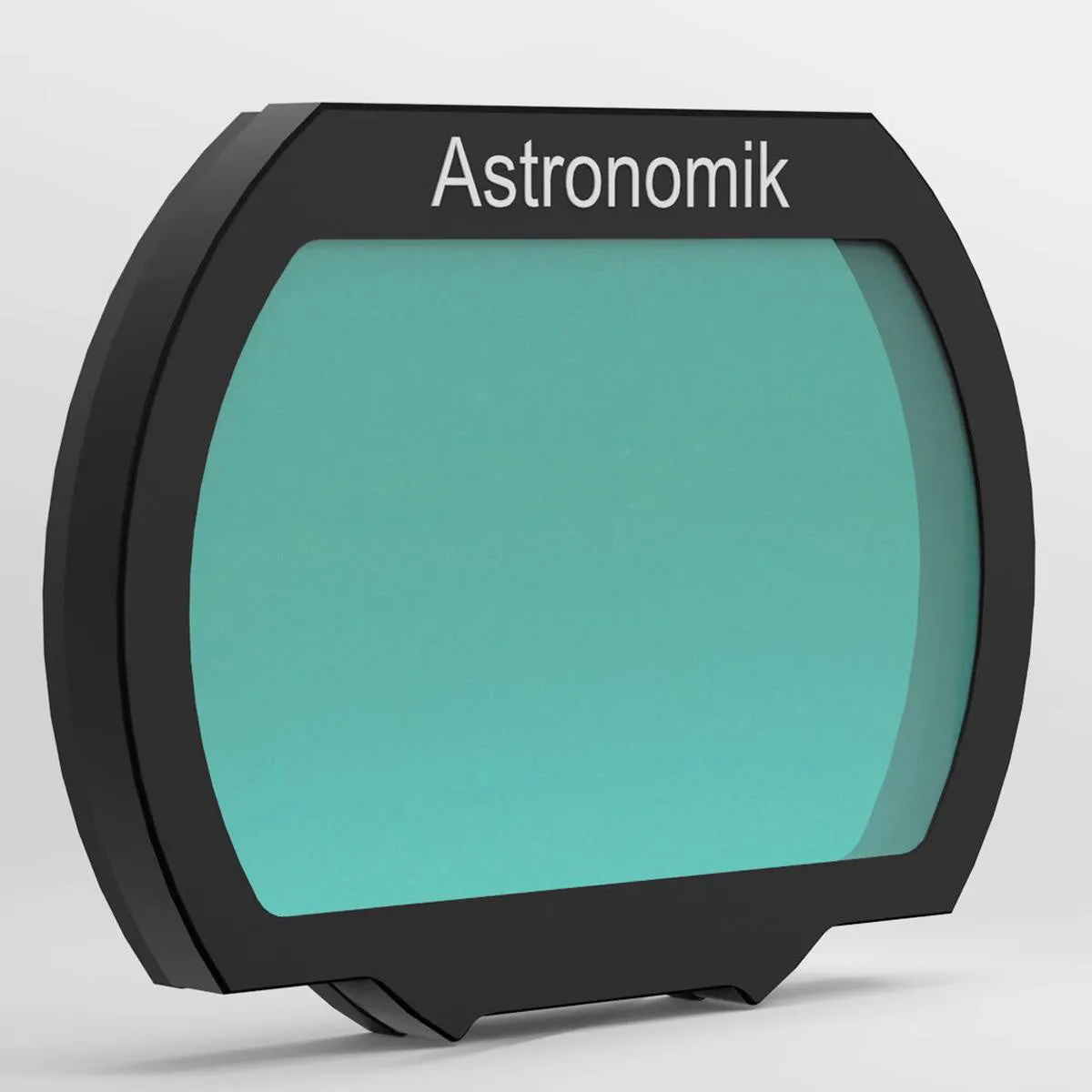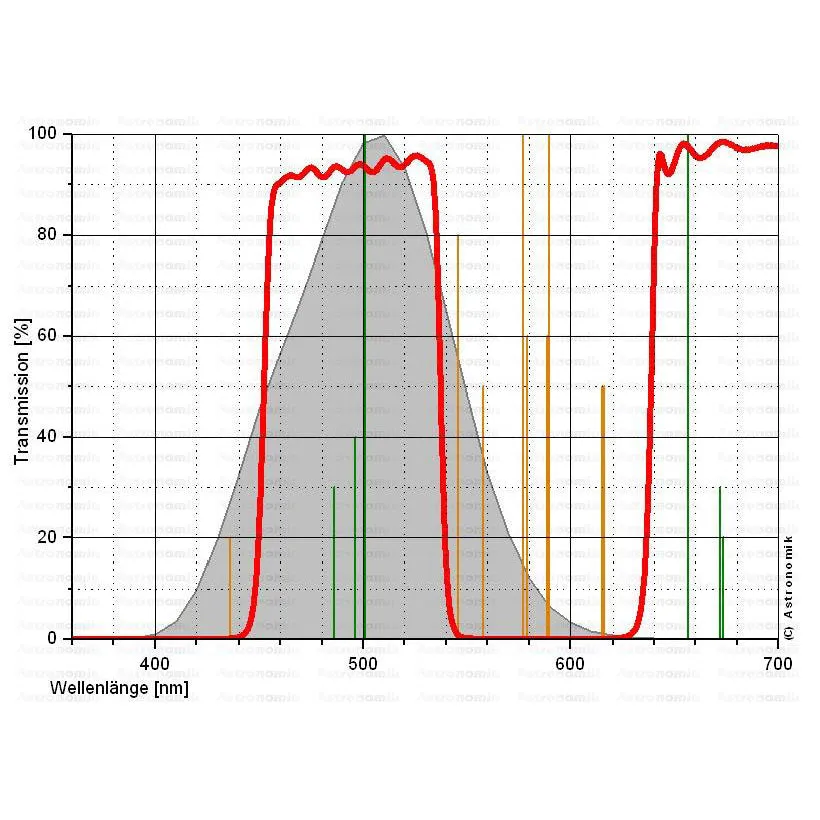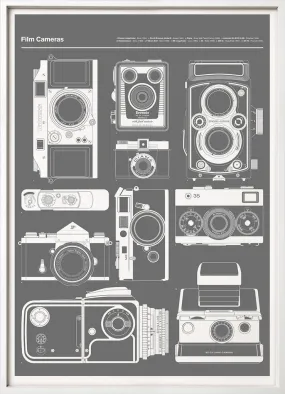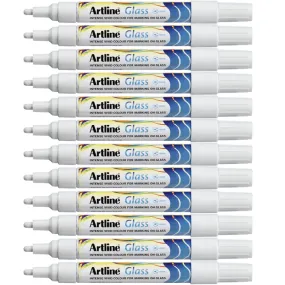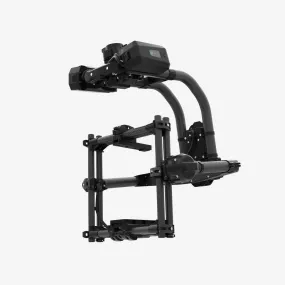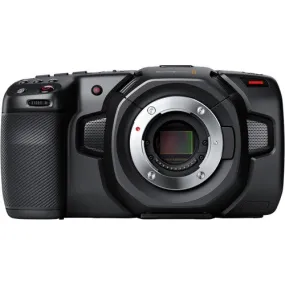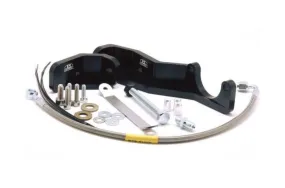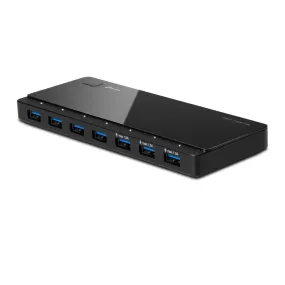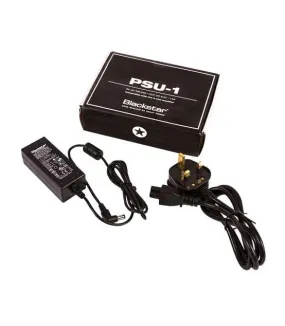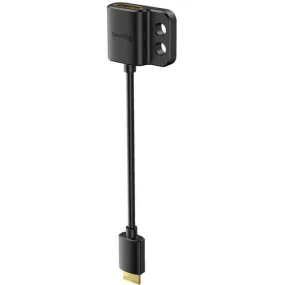The Astronomik CLS Clip-Filter for Sony Alpha 7 and Alpha 9 Cameras is used for deep-sky photography in slightly light-polluted areas and can be inserted into the not astro-modified camera body within seconds.
The Challenge:
Do you own a Sony Alpha digital camera for astro-imaging? Then you have surely encountered the following problems:
- Large filters for large camera lens objectives are very expensive.
- If you place a filter holder between your camera body and lens, you loose the ability to focus to infinity.
- For very fast (low f/ number) telescopes like the Vixen R200SS or the Takahashi "Epsilon" astrograph, a filter drawer or a filter wheel cannot be used since the distance to the corrector lenses would be changed.
- With long exposure times, your camera's sensor chip is exposed to more dust.
With the Astronomik Clip-Filter System you can take care of all of these problems at once!
The patented Astronomik Clip-Filters are made of black anodized aluminum and laser-cut on state-of-the-art machines. They can be inserted within seconds directly into the camera body. There are no changes necessary and all lens functions (focus, screen, image stabilization) remain operational!
The Clip-Filter System also acts as an outstanding dust shield, which prevents the possibility of dust settling on the sensor during long time exposure (The MC-Clear filter does not have a filter effect and only acts as a dust shield.)
Compatibility:
The Clip-Filter are successfully tested with the bodies Sony Alpha 7, 7r (Not 7r IV), 7s, and Alpha 9. (Astronomik will test other/future models and add them here.)
The manufacturer has made a short video that shows the installation and removal of the clip-filter for Sony Alpha as seen above.
The filters are not suitable for Sony alpha 3000 to 6500 or Sony alpha NEX cameras.
Filter transmission curve (see image above):
- The horizontal axis is the wavelength in nanometers (nm). 400nm is deep blue, at 520nm the human eye senses green and at 600nm red. At 656nm is the famous "H-alpha" emission line of hydrogen.
- The transmission in % is plotted on the vertical axis.
- The red line shows the transmission of the filter.
- Visual filters: The grey line in the background shows the relative sensitivity of the human eye at night. The maximum is at ~510nm and drops to longer and shorter wavelengths. You can easily see, that you can´t see anything of the H-alpha line at night (even if you can during daylight!) The sensitivity at 656nm is 0% at night!
- Photographic filters: The grey line in the background shows the sensitivity of a typical CCD sensor.
- The most important artificial emission lines are shown in orange. The artificial light pollution is dominated by see mercury (Hg) and sodium (Na), which are used in nearly all streetlights.
- The most important emission lines from nebulas are shown in green. The most important lines are from ionized hydrogen (H-alpha and H-beta), double ionized oxygen ([O III]) and ionized sulfur ([S II]). The square brackets indicate that these lines are forbidden.
The Astronomik CLS Clip-Filter is directly inserted into the camera body and is used for deep-sky photography in moderately light-polluted areas.
Highlights:
- For Deep-sky Photography in Slightly Light Polluted Areas.
- Can be Inserted into the Non-astro-modified Camera Body.
- Successfully Tested with Sony Alpha 7, 7r (Not 7r IV), 7s, and Alpha 9 Camera Bodies.
- Astronomik Clip-Filters are made of black anodized aluminum.
- Precision Laser-cut.
- Anti-Reflective Coating: completely resistant against high humidity, scratches, and aging effects.
- This is not compatible with the Sony Alpha 7R IV version camera.
- The Astronomik CLS Clip-Filter for Sony alpha cameras filter.
- Protective plastic box.




